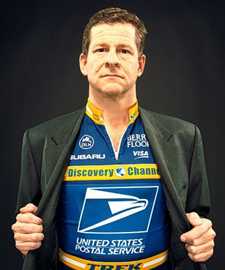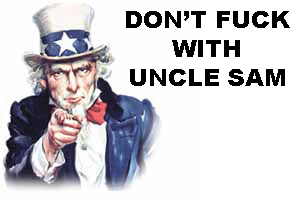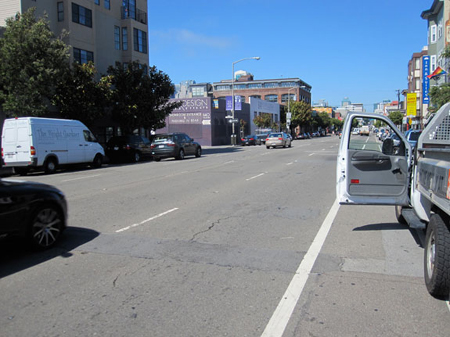Creating Havoc
 Wed, January 12, 2011
Wed, January 12, 2011 It seems to me there is a basic human instinct to create, and by creating we affect the lives of others.
Every act we do in our everyday lives, even down to a simple thought, affects someone somewhere; there is a ripple of cause and effect that can travel to the ends of the Earth and back again.
It seems that children and young adults often do not know how to create in a positive way, so they do so in a negative way. For example there is a local paved bike trail I regularly ride on, and there is a constant issue of broken glass on the path.
I think I can safely assume that the perpetrators are children or teens. If someone accidentally drops and breaks a glass bottle, they would kick the pieces off to the side of the trail. But not so in this case; the glass is ground into small pieces then spread over a wide area.
The act of smashing a glass bottle is creative, albeit negative creativity. The person responsible has created small pieces of broken glass on the trail, knowing that it will puncture the tire of some unfortunate passing cyclist.
They will not even be present to witness the possible flat tire, but the thought that this may be the outcome has satisfied the basic instinct to create something; even if all they have created is havoc.
The tragic events in Tucson, Arizona this week follow this same simple pattern.
This one senseless act has affected the lives of millions. It has certainly affected the lives of the loved ones of those killed and wounded.
It has affected everyone who lives in Tucson, and possibly the whole state of Arizona. Tucson like Oklahoma City from now on will be remembered for this one heinous crime. It has affected all of us living in the USA.
The perpetrator has now assured his place in history, which I’m sure, was his intention. There will be no remorse, but instead a warped sense of satisfaction that it was he who affected the lives of millions.
It requires very little effort at all to obtain notoriety for a negative act; it is relatively easy. Whereas, to do the same in a positive way often takes a lifetime of hard work and dedication.
What possible good can come out of this? It should be used as an opportunity to teach children and young adults not to give in to these primal instincts to create havoc. Causing pain and suffering to others by acts of vandalism and other crimes.
Negative creativity comes easy and it may satisfy the basic instinct, but with a little more thought and effort these youngsters can engage in acts of kindness that are far more satisfying and rewarding in the long run




























Babies on Bike Ban
The bill if passes it will make it illegal to carry children under six years old in a seat attached to a bicycle, or in a trailer towed behind a bicycle, under the penalty of a $90 fine.
Greenlick justifies the bill by stating “If just one child’s life is saved by this bill it will be worthwhile.”
I am left to wonder, where is the evidence to back up this idea the large numbers of toddlers are being killed or injured while being transported by bicycle.
There is evidence to show that the biggest cause of infant death is due to car crashes, is there a proposed bill to make it illegal for babies to ride in cars? The second biggest cause of death is drowning, so let’s ban swimming pools from households with young children.
This is just another example of a politician who probably doesn’t ride a bike, catering to a car-centic society by selling the idea that riding a bicycle on the public roads is inherently dangerous.
There are families out there who have only one car, or no car. How is a mother supposed to transport her children if no car is available?
The mother pictured above could be quite simply escorting her son to school and naturally has to take the baby along.
The trio is highly visible and there is no reason why they should be in any danger except for this strange notion we have that people be allowed to drive cars without paying attention to other road users.
I see mothers with a child in tow on my local bike path, some have to ride city streets to get to the path; the mothers are getting exercise and I’m sure the kids love it too. It would be a damn shame if this was outlawed.
The chart above is from The Center for Disease Control’s 2007 statistics on causes of death to children under six years old.
More on this on Tree Hugger and on Bike Portland.org